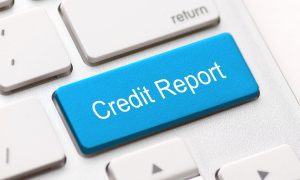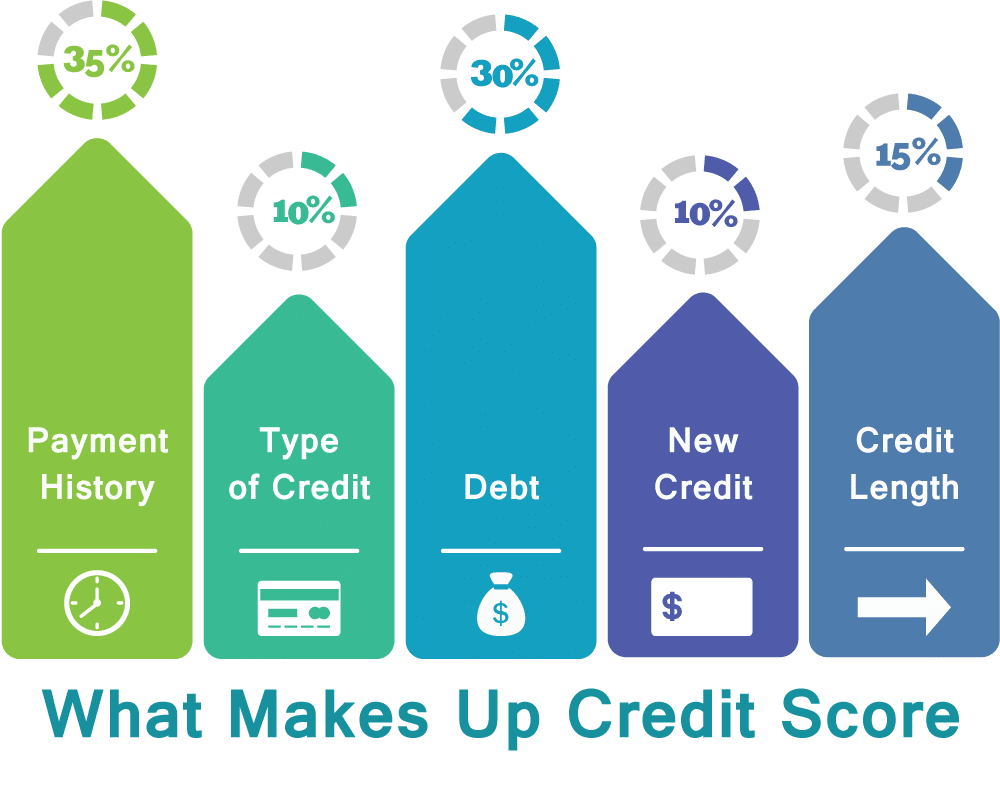
When you receive your monthly statements, your credit card company transmits your revolving utilization to the credit agencies. This makes it difficult to maintain a low revolving utilization ratio. It is best to schedule a payment in advance of your creditor reporting your debt to the credit bureaus. This will lower your revolving debt.
Low revolving balances
Credit card companies report balances on monthly statements to credit bureaus. Your revolving utilization ratio will rise if you wait until the end to pay your balance. This can make it difficult to maintain a low debt ratio. However, it is possible to set up a payment plan before your creditor reports the balances to credit bureaus.
It is essential to maintain a high credit score by keeping your revolving loan balances under control. Credit cards have high interest rates and can be costly to carry. Avoiding this type of debt is the best way to go. This will optimize your credit score.
Paying down revolving debt balances
Revolving debt is not something new. Revolving Debt is a type o credit card with a monthly installment. Not all installment loans can be counted towards revolving credit. Credit cards and home equity line of credit may count towards credit utilization. You can reduce your revolving credit balances and increase your credit utilization by paying down your outstanding balances.

The best way to reduce revolving debt is to pay it down in full. This will enable you to have more money available when you are in need. The interest will accrue if you are unable to pay the full amount.
Account credit limit reduction
It is crucial to work with your lender to repair the credit limit that has been reduced. Let the company know about your situation. They may be willing to increase your credit limit. You might be able call another creditor. This could be a chance to improve your credit score if you have a poor credit history.
Your credit limit is the maximum amount you can borrow from your financial institution. It is usually set based on your income, other debt, and credit history. When your limit goes beyond this amount, it will have an impact on your overall credit score and your ability to access future credit.
Lowering credit card bills
Credit score factors that should be considered by borrowers include the possibility of increasing their reliance on credit cards. It's the percentage of credit cards balances that exceed your total credit limit. Low revolving utilization is better for your credit score than high revolving. You can lower your revolving usage percentage without impacting your credit score.
Credit card balances are a common financial problem. It is important to pay these off as soon as you can. You should aim to repay your credit card debts every month. This can avoid you carrying your balances forward to the following month. Spreading your spending across multiple cards is a good way to ensure you don't max out one card.

Paying down your home equity line
A home equity credit (HELOC), is a revolving credit line that is secured on a borrower’s home. The credit allows borrowers to borrow up to the maximum credit limit and offers flexible repayment terms. You can use it to cover large, ongoing expenses such as major home renovations or unexpected expenses such as medical bills.
A home equity credit card comes with a repayment plan that includes monthly payments of principal as well as interest. The repayment term will vary depending upon how much equity your home has, but most lenders will allow for you to borrow upto 80% of your home's equity. You can also opt for a fixed or variable interest rate.